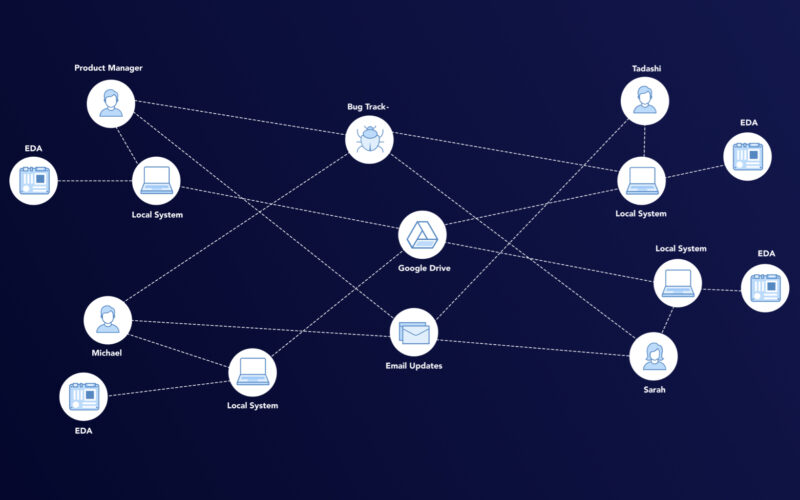The COVID-19 pandemic has opened up a whole new set of discussions about how our systems have been working. It has brought some key issues with how we work and interact to the forefront. First and foremost, it has made us realize how much we have come to depend on globalization and transport. Any product we have around us in an amalgamation of ideas, materials, and processes from all over the world. Before COVID-19 closed transport routes down, we took all of this for granted.
Almost every industry has had to face the impact of the COVID-19 pandemic due to the disruptions it caused in employee presence and the supply chain. The hardware industry, which is one of the most globalized industries in the world, has also been hit quite extensively. Companies have had to adapt to the situation, shift their market strategies, and figure out how to stay afloat until things go back to normal. That is, if they ever do go back to normal.
However, there are some companies which have not just survived, but even grew during this difficult time. When explored further, it became apparent that the companies which focused on research and figured out some key problems people were facing during lockdown. They decided to offer solutions to these problems, leading to their progress.
So, it comes down to how different companies tackle the situation. Whether they consider it as an outright crisis or grounds for new opportunities, perspective is what matters. Of course, this does not minimize the state of the economy during various lockdowns, but aims to help hardware companies learn how they can get through this scenario without losing everything they worked for.
Therefore, let’s explore both aspects of this pandemic, and see how it is a crisis and then explore how it brings new opportunities.
How is it a crisis?
First of all, the economic impact of the pandemic has been devastating. Millions of workers, thousands of companies, and hundreds of industries went through the worst financial crisis they ever faced. Company layoffs and shutdowns lead to numerous people losing their jobs and livelihoods. This, in turn, means that buying power went to a historic low, simply because few people had the budget to purchase any non-essential items.
In addition, supply chains were massively hindered due to the transport restrictions and lockdowns all over the world. Companies could not maintain a steady inventory of their products or supply them to their target markets efficiently.
Another major issue fomenting this crisis is the fact that communication has not caught up with the requirements of globalized markets. Conventional communication methods such as calls and emails have a lot of loopholes and inefficiencies. With a large chunk of the workforce working remotely, this is a dire situation and needs fixing on a priority basis.
Most of all, the demand for hardware items has changed during the pandemic. Companies which have not adapted to these changes suffered significant losses. The balancing act between cutting costs and promoting innovation is a difficult one.
What are the opportunities?
Once a company has identified its problem points, it should figure out solutions for them. First of all, they should consider consumer behavior. Currently, people are not willing to buy big-ticket items with one-time payments due to budget constraints. However, subscription services have seen their popularity rise in this time. It is the right time to promote the Hardware-as-a-Service (HaaS) model. This has already been catching on, especially in the transport industry. Now, companies should explore subscription plans to appeal to a wider audience.
Another solution which also has a humanitarian aspect is going for localization. Manufacturing and supply acquisition should be shifted to local sources, so that transport hurdles don’t cause major inventory disruptions. Companies should aim to have local vendors and manufacturers cater to the market demand of certain areas. This will also give the economy as a whole a much-needed boost. This also brings up the potential of open-source hardware, and how it can inject a significant amount of innovation into the industry.
As for communication issues, specialized solutions like InventHub work best. This collaborative tool is particularly designed for the hardware industry, and has features which make communication easier for all stakeholders. These features include version control and visual file view, which prevent any misunderstandings and keep everyone on the same page.
So, while the COVID-19 pandemic has brought numerous crises, it has also presented new opportunities for the hardware industry. Any company which explores these opportunities will not only survive, but even grow.








